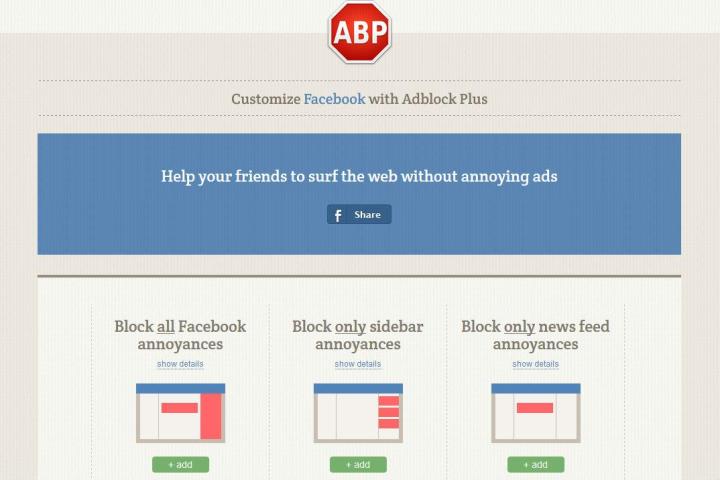
Earlier this year, we dove deep into the moral dilemmas of Adblock Plus, an undeniably useful service that also has some rather questionable company ethics. Back then, a tipster contacted us and told us that Adblock Plus was running a pay-for-placement deal with companies, where for a price it would push their ads through its barrier and allow them to show up on users’ screens.
The fact that Adblock Plus does this was announced by the company itself years ago as part of its Acceptable Ads Initiative. In order to keep the Web running, ads are necessary, and Adblock Plus was going to help identify the “high quality” ones. The new information, however, was that the company was approaching potential clients and goading them into paying them in order to get their content through.
Suffice it to say that within the past year or so, eyebrows continue to rise regarding Adblock Plus’ business ethics – although its most recent release appears to truly have users in mind. The extension has long blocked Facebook ads (sidebar content, sponsored stories, promoted posts, etc), but now you can customize it so that you don’t see Facebook-created “ad” content as well – like the “People you may know” and “Games you may like” prompts.
Here’s the full list of what the expanded extension can hide:
- Music Pages you may like
- Entertainment Pages you may like
- People you may know
- Rate to add to your Movies
- Rate to add to your TV Shows
- Rate Books You’ve Read
- Rate These Places
- Get Important News
- Recommended Pages
- Rate Movies You’ve Watched
- Add to Movies
- Add to TV Shows
- Rate TV Shows You’ve Watched
- Suggested Groups
- Friend Finder/Find More Friends
- Games You May Like
- Play It Again
- Suggest Friends
- Nearby Places
That’s a hefty amount of content. Content that we as an Internet have pretty unanimously decided is annoying and disruptive – many are among our largest Facebook complaints. So is there anything to be skeptical of here, given Adblock Plus’ shaky reputation?
Specifically, no. But if Facebook were to become one of Adblock Plus’ Acceptable Ads partner, wouldn’t all this content just come flying back onto our pages? Why would I even worry about that? Well because Ablock Plus has recently started courting Twitter for such purposes. When Twitter filed its S-1 paperwork last month, the company immediately and publicly reached out.
“Your current ad offerings are actually not far from what we’d consider non-annoying … but the idea of a fundamentally changed Twitter, now with ads round every corner, may direct users to Adblock Plus for no other reason than that they want their ‘old’ Twitter back. So why not work together? We would like to partner with you to engineer acceptable, non-intrusive advertising that would conform to our guidelines and make it to our whitelist. That’s right, we want you to advertise. But we want you to do it responsibly, by adhering to our Acceptable Ads guidelines.”
We sincerely wanted to reach out to them right before they went public in the hopes that they would partner with us to make non-intrusive ads,” Adblock Plus PR Manager Ben Williams tells me. “Twitter is about user-created content; we’re about a user-determined Internet experience. We felt that a service like theirs, so devoted to what its users produce, would naturally share some common ground with us, a company devoted to user control.”
The proposition reopens many ongoing conversations – like what exactly is a “acceptable, non-annoying” ad, and why should one entity be the single judge? And to Adblock Plus’ point, how can we unify the want for free content and non-spammy advertisements? Still, Adblock Plus has millions of users whose eyeballs are worth advertising money, so questions have to be asked – especially when it’s known that money is indeed changing hands.
By all accounts, the initiative is an active one that Adblock Plus takes great lengths to update and adjust as needed, and it’s possible that this might be the best way to approach Web advertising without destroying it (which we’ve all come to accept would mean the death of free online content altogether).
Still, while the latest Facebook ad blocking releasing is useful, there’s a sense of “for now” that comes along with it. Who knows what ad creator will be whitelisted next?
Editors' Recommendations
- Facebook’s fact-checkers think the platform’s political ads should be vetted
- Facebook launches interactive augmented reality ads that let you try on makeup
